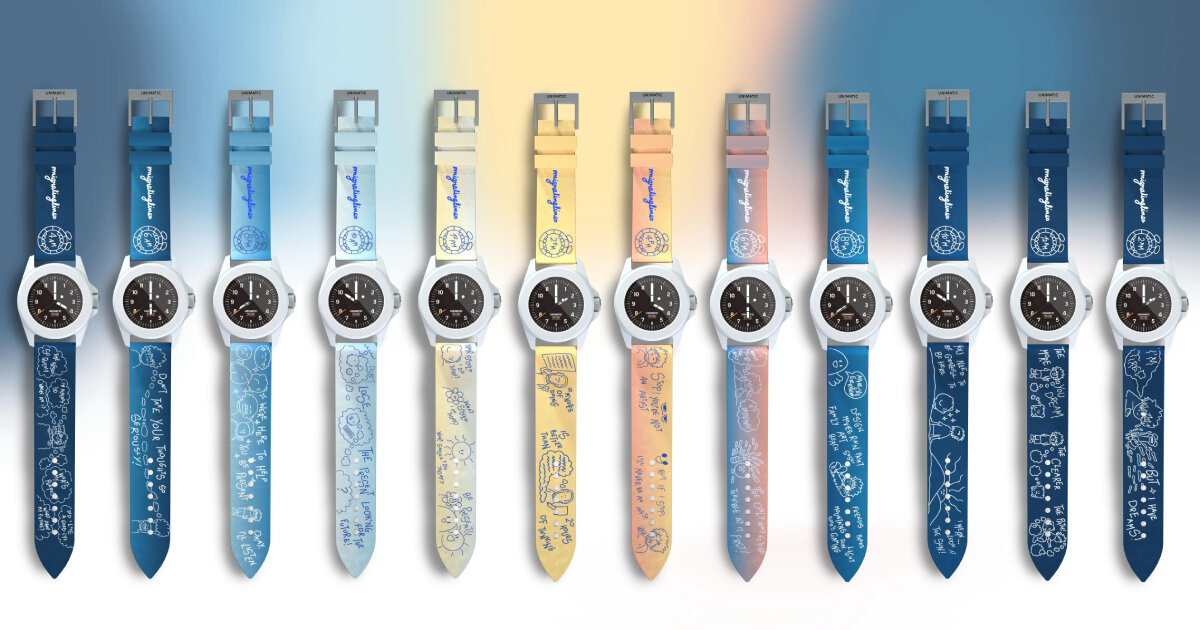In-person or online: How do consumers shop for home décor?
Consumers are very willing to shop for home décor online, but they still see benefits from an in-store experience as well.

Consumers are very willing to shop for home décor online, but they still see benefits from an in-store experience as well.
In the 2024 Home Décor E-commerce Market Research Report from 2 Visions, 82 percent said they are open to shopping online for décor, challenging the belief that physical retail is the dominant category for home décor shoppers.
However, more than half (56 percent) also want to engage in person, demonstrating that while e-commerce is one option, it’s not the only one. In fact, a similar percentage of respondents said they preferred a hybrid model that mixes online and in-store shopping.
At 45 percent, Gen Z was the most likely to make their purchases online, with 75 percent of them saying they believe there are more options available through e-commerce. But Gen Z also acknowledges being overwhelmed by too many choices, with 56 percent saying a store can have too options; a feeling echoed by 42 percent of all participants.
For those who shop in person, proximity to home décor retailers varies. Three-quarters of Baby Boomers reported having access to a local home décor store within 30 minutes of their residence, while 96 percent of all homeowners had some option within a 30-minute radius. Boomers were overwhelmingly satisfied (78 percent) with their local store selection.
At 56 percent, Gen X valued the in-person experience the most, the survey found, while 51 percent of millennials appreciated in-store browsing.
Across all demographics, in-store options are perceived to be higher quality, according to 62 percent of respondents.
The leading factor that drives consumers to buy décor online is price, cited by 55 percent, although convenience (54 percent) was a very close second. Deals and promotions influenced 49 percent, while wide selection was a deciding factor for 38 percent.
For its report, 2 Visions surveyed 1,845 U.S. participants in February 2024, covering age cohorts from Gen Z to Baby Boomers nationwide in alignment with census data.
See also:
What's Your Reaction?

















































